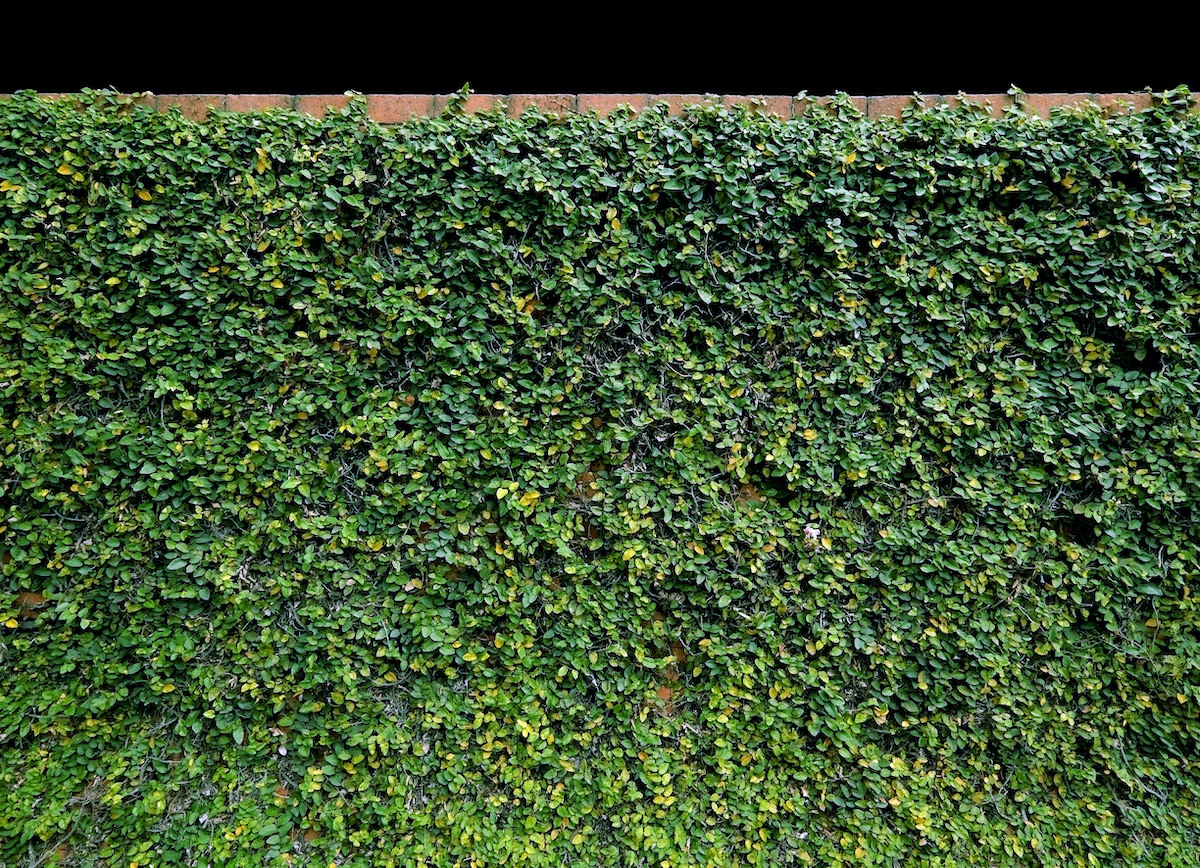Creeping Fig Plant Care Tips: How to Grow Creeping Fig
Written by MasterClass
Last updated: Oct 6, 2021 • 2 min read
Creeping figs are evergreen vines that grow well as climbers, ground cover, and houseplants.
Learn From the Best
What Is Creeping Fig?
The creeping fig (Ficus pumila), also known as the creeping ficus and the creeping fig vine, is an evergreen vine that grows as a climber as well as ground cover. Also known as climbing figs, creeping figs make for perfect climbing vines on fences and trellises. Native to warmer, tropical climates, creeping fig plants thrive in greenhouses and terrariums. Creeping figs grow soft green leaves during early growing seasons and leathery dark green leaves once mature.
How to Grow Creeping Fig Plants
Growing creeping fig plants is easy as long as you provide the right conditions.
- 1. Choose an appropriate location for your creeping fig. If you’re planting outside, choose a location in partial shade. In drier climates, full sun can burn creeping fig plants. In colder climates, creeping figs thrive as houseplants indoors. Place your creeping fig in a bright room with indirect light.
- 2. Use the right soil. If planting outdoors, make sure your garden soil is well-draining with a slightly acidic soil pH. As an indoor plant, creeping figs thrive in aerated potting soil. Use a pot with plenty of drainage holes at the bottom.
- 3. Water your plant regularly during the first growing season. Water your new creeping vines weekly until their roots establish themselves in the garden soil or potting mix. Once it’s established, water your creeping fig only when necessary. Check the top inch of soil weekly and water your plant only when it’s dry.
- 4. Wait for new growth before pruning. On average, creeping figs grow between three to six feet long. If you need to create space for other plants, prune your creeping fig as needed. Avoid pruning during the fall or winter when your creeping fig plant slows down its growth rate. Instead, prune in the early spring right after your plant begins new growth.
3 Varieties of Creeping Fig
There are dozens of cultivated varieties of the creeping fig plant. Consider a few of the most popular cultivars.
- 1. F. pumila ‘Variegata’: This cultivar is named for its variegated leaves with lighter colors around the edges.
- 2. F. pumila ‘Minima’: A good option for indoors, this cultivar grows smaller leaves than other cultivated varieties.
- 3. F. pumila ‘Curly’: This cultivar works well in a hanging basket where its curling vines can crawl down the sides of the basket.
4 Tips for Caring for Creeping Figs
Consider these tips when caring for your creeping fig plant.
- 1. Fertilize your plant every month during the growing season. For an increased growth rate, feed your creeping fig on a monthly basis during the growing season with diluted liquid fertilizer.
- 2. Watch out for pests. Like other ficus plants, creeping figs are susceptible to aphids and mealybugs. Use a natural pesticide like neem oil to protect your plant against infestation.
- 3. Keep an eye on humidity levels. Creeping fig vines grow naturally in humid conditions. If the leaves on your creeping fig begin turning brown, consider placing the plant on a pebble tray or putting a humidifier nearby.
- 4. Be cautious when pruning. Wear gloves when pruning your creeping fig plant as the milky sap on the stems can irritate your skin.
Learn More
Grow your own garden with Ron Finley, the self-described "Gangster Gardener." Get the MasterClass Annual Membership and learn how to cultivate fresh herbs and vegetables, keep your house plants alive, and use compost to make your community—and the world—a better place.
